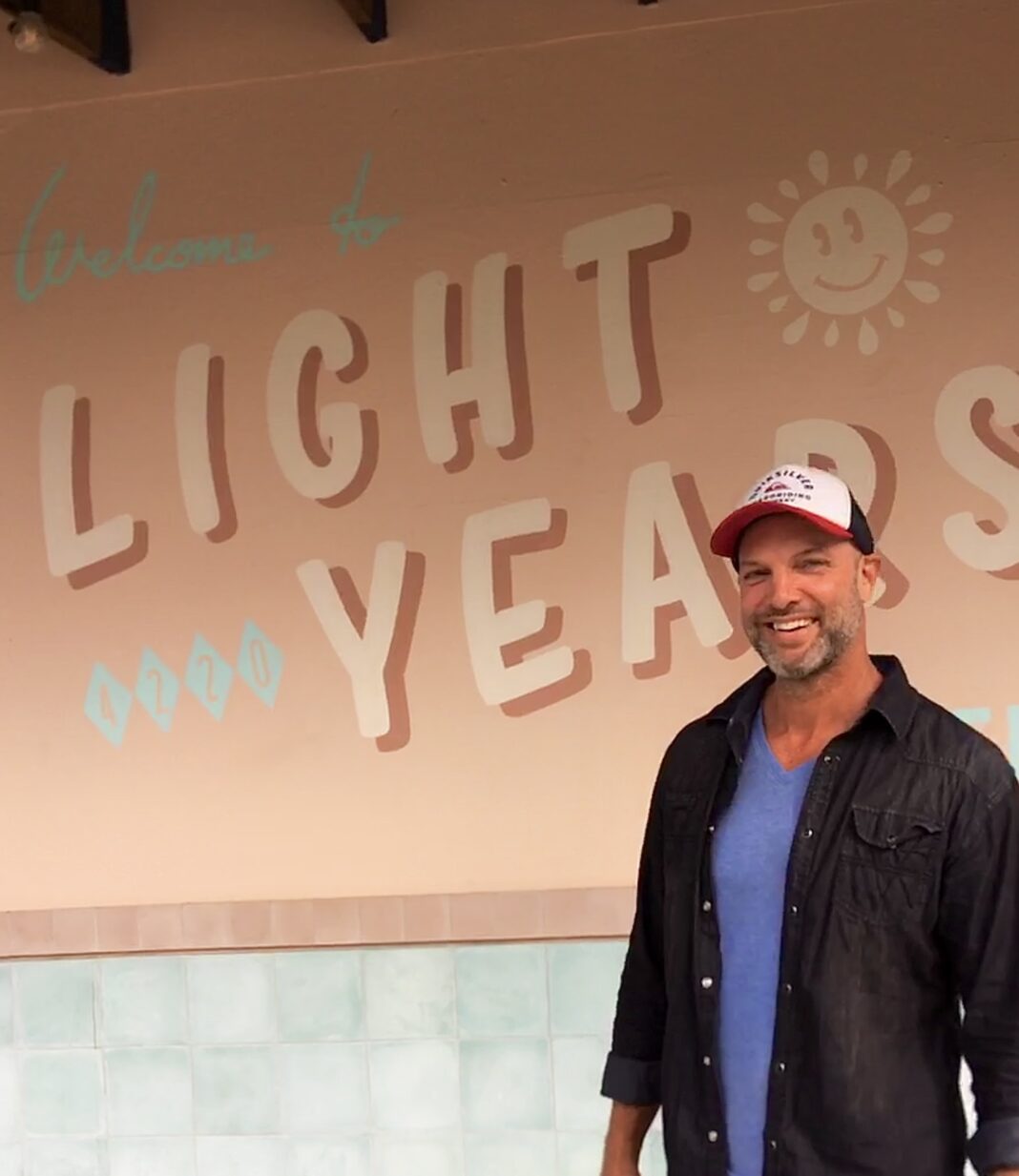If there’s one trait that all skilled caregivers share, it’s the ability to see potential in the populations they serve. From healthcare providers to educators to community service professionals, a growth mindset1 becomes an inherent skill.
However, the same cannot always be said of the culture in the care economy. Place settings, support staff, and decision-makers that don’t directly interact with the individuals they serve also influence the outcomes of those individuals. The total experience instills confidence, encourages innovation and improvement, and achieves what might feel impossible.
For the caring economy to truly live up to its purpose and transform the lives of others, Murray Berghan says a growth mindset must become part of the entire caring culture and not just present in the caring professional2.
What is a Growth Mindset?
Dr. Carol Dweck3 coined the term for two types of mindsets that demonstrate our underlying feelings about our own abilities: the growth mindset and the fixed mindsets. Both theories center on the idea that you are what you believe.
For instance, in a growth mindset4, if you believe you can learn more, make improvements, and reach your goals, you’re more likely to do so. And when you believe in yourself, you are more likely to put in the time and effort required to progress toward your goals because you believe it’s a worthy investment.
Applying the Growth Mindset Theory to the Care Economy
The growth mindset is one of many “skills” shared by caring professionals in the community. They’re trained to look for a person’s potential and not just their current status. They’re also constantly upskilling themselves through courses, workshops, books, and new research that can help them become more capable in their roles.
However, instilling the growth mindset can fall short when students, patients, or underserved community members receive mixed signals through the cultures they’re exposed to.
For example, a school that doesn’t invest in the upkeep of its facilities or fails to address students’ concerns can discourage students from putting forth their best effort. Patients who are treated like numbers or don’t enjoy great experiences beyond their interactions with their providers may lose faith in their healthcare services.
Creating a Total Culture of Growth
Murray Berghan believes we are all worthy of equal care, respect, and dignity. Professionals need to instill a growth mindset in order to truly help them reach their potential. They lead by doing. They show that growth isn’t just possible but also feasible when given enough time and effort can help to build the confidence of those they serve.
But they can’t — and shouldn’t be expected to — do it alone. Creating a growth mindset requires a total culture of growth5, where the entire experience demonstrates an investment in others’ success. From the appearance of the environment to the attitudes and professionalism of everyone that plays a role in someone else’s journey, real growth is only possible from the inside out.
Learn how we’re building a culture of growth in the care economy — get in touch today.
1 Mindset Works. Decades of Scientific Research that Started a Growth Mindset Revolution. https://www.mindsetworks.com/science
2 Collins Dictionary. Definition of the Caring Professions. https://www.collinsdictionary.com/us/dictionary/english/the-caring-professions
3 Stanford University Profiles. Carol Dweck, Lewis and Virginia Eaton Professor and Professor (By Courtesy) of Education, Psychology. https://profiles.stanford.edu/carol-dweck
4 Farnam Street. Carol Dweck: A Summary of Growth and Fixed Mindsets. https://fs.blog/carol-dweck-mindset/
5 Dr. Andrea Derler. Organizational Growth Mindset: The Key to Culture Change? Leadership Insiders. 2021. https://www.leadership-insiders.de/organizational-growth-mindset-the-key-to-culture-change/


















